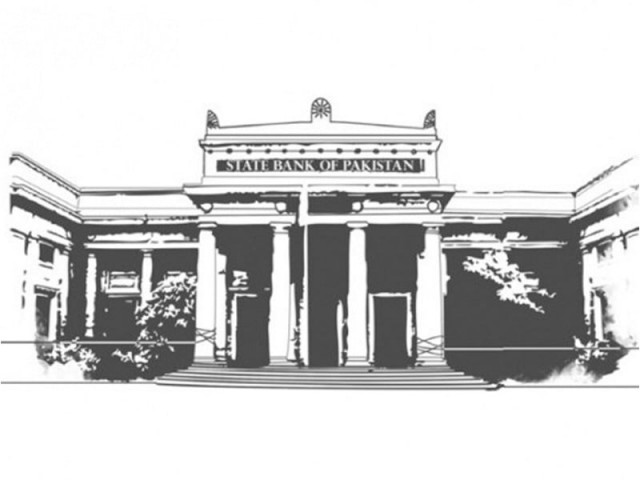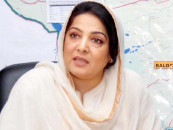Possible revision: Analysts anticipate increase of 50 basis points in policy rate
State Bank to unveil monetary policy statement today.

The current monetary policy rate stands at 9.5% after the central bank increased it by 50 basis points in its last announcement on September 13.
Revised every two months to control money supply in the economy, the monetary policy rate is the interest rate at which commercial banks borrow from the State Bank of Pakistan (SBP) through its discount window.
Four of the five analysts The Express Tribune spoke to said they anticipate a hike of 50 basis points in the policy rate while one analyst believed that an increase of 100 basis points can also be a possibility.
The current monetary policy rate stands at 9.5% after the central bank increased it by 50 basis points in its last announcement on September 13.
Alternate Research investment analyst Umesh Kumar said his research house expects a rise of 50 basis points in the discount rate. “This will be in line with the guidelines of the International Monetary Fund (IMF), which wants Pakistan to maintain a positive real interest rate in the economy,” Kumar said, while referring to the difference between inflation and the discount rate, which is commonly known as the real interest rate.
Year-on-year Consumer Price Index (CPI) – a key inflation gauge – has been 8.3% in the first four months of fiscal year 2013-14. In October alone, CPI was 9.1%, with analysts expecting inflation to go further up in view of the upcoming revision in gas prices.
With the discount rate at 9.5%, a status quo in the monetary policy announcement can possibly lead to a negative real interest rate in the economy.
“We believe that by the end of fiscal year 2014, the SBP will have increased the monetary policy rate by 150 basis points,” Kumar added.
The view of Syed Raza Mohsin, analyst at Fortune Securities, on the policy rate is also similar. “A 50-basis-point increase is most likely,” he said, adding gradual removal of subsidies at the insistence of the IMF is likely to keep inflation high in coming months.
According to Topline Securities analyst Zeeshan Afzal, an increase in the discount rate will curtail currency depreciation and inflation, but also slow down the pace of economic growth. Since the beginning of the fiscal year, the rupee has already depreciated by 7%.
Noting that the balance of payments remains a major concern for policymakers, Afzal contended that the SBP will raise the discount rate. The central bank’s foreign exchange reserves have dropped by $1.8 billion to $4.2 billion since July, which may reduce the value of the rupee by a total of 10%-11% by June 2014, he added.
Global Securities research analyst Umair Naseer said although monetary policy is used to ensure both price stability and economic growth, policymakers seem more focused on the former for the time being.
“I think the increase will be of 50 basis points at least, but a hike of 100 basis points cannot be ruled out,” he noted, adding the CPI will likely cross the 10% mark in November.
Analysts at Elixir Securities and Shajar Capital also anticipate the SBP will increase the policy rate to 10% to ward off inflationary pressures in coming months.
Published in The Express Tribune, November 13th, 2013.
Like Business on Facebook, follow @TribuneBiz on Twitter to stay informed and join in the conversation.



















COMMENTS
Comments are moderated and generally will be posted if they are on-topic and not abusive.
For more information, please see our Comments FAQ